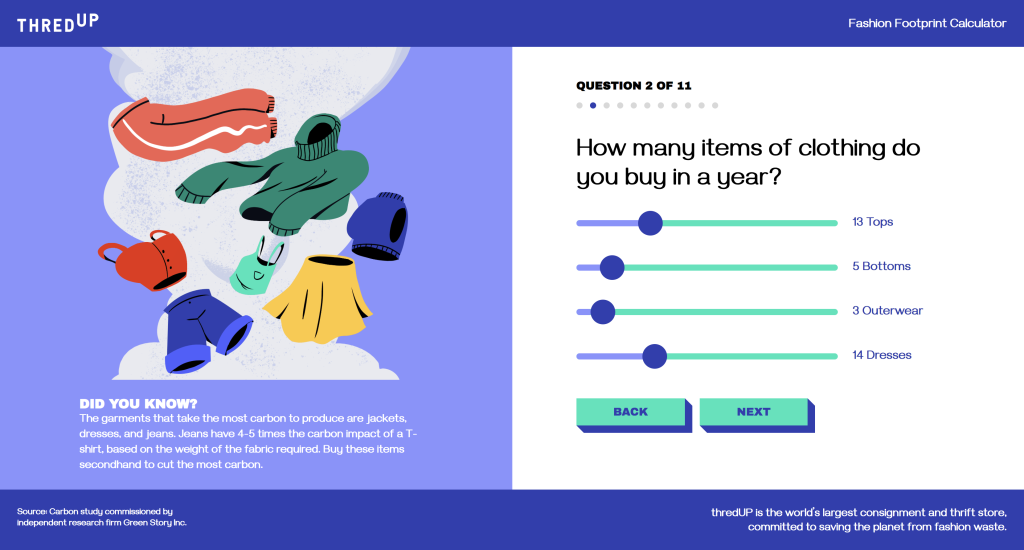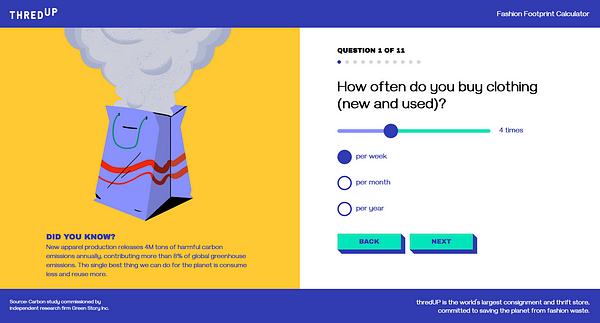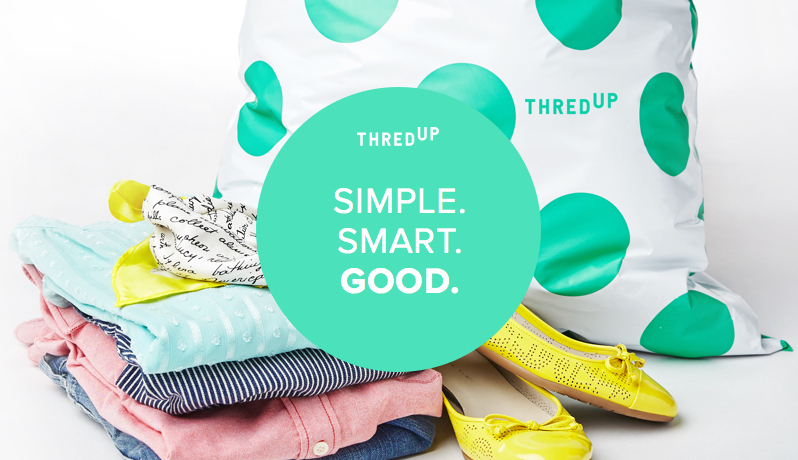Ever consider the potential environmental impact of the clothing? ThredUp, an online consignment and thrift store, introduced a tool in January 2020 to assist customers to assess their “fashion footprint.”
In addition, it provides tools and advice on how they might be able to reduce it. The company has now updated it to reflect how the fashion industry has developed since that time.
About the Fashion Footprint Calculator
The Fashion Footprint Calculator is essentially a three-minute quiz that asks ten questions.
The questions are about shopping habits, locations, shipping times, how to take care of clothes, and other topics.

This helps to rank an individual’s impact from low to high using information from outside sources, such as studies done by GreenStory.
With updated data points and more tools for impact reduction, the updated tool compares the environmental effects of buying new and used goods.
While the calculator considers general patterns, it cannot provide precise figures for particular items. However, that information is still scarce.

“We’ve become more conscious of the effects of fashion on the environment in recent years. How individuals can actually change things in the face of greenwashing, overproduction, and underuse of apparel is still unclear, “Erin Wallace, vice president of integrated marketing at Thredup, asserted.
We believe that our Fashion Footprint Calculator can serve as a guide to empower everyone in doing their part to help us jointly progress towards a more circular fashion future,” the company says.
How can the user use the calculator?
Although the Fashion Footprint Calculator is a useful instructional tool, it’s critical to remember that individual purchasing decisions only have a limited impact. Although this tool can use to hold individuals accountable, businesses must also be held accountable for how their operations, including labor, supply chain planning, and material selection, affect the environment.

Thredup reports that 64% of Gen Zers hunt for a used item before purchasing a new one. In addition, 82% of them examine the resale value of clothing before buying. In the upcoming years, ThredUp anticipates significant changes in the retail fashion industry.
Closing Thought
For the next ten years, it is likely that fast fashion’s market share, which will be at 14% in 2022, will either stay the same or slightly decline. In addition, the same will for value chains like Walmart and shops like Costco.

On the other hand, secondhand is likely to at least quadruple. As it stands, 88 brands introduced specific reselling programs in 2022, an increase of 244% from 2021. Meanwhile, the market share of department stores is likely to decrease by 50%.
As the climate issue worsens, the growth of used clothes sales has the potential to reduce the average of 100 billion new garments produced each year. Thus, it can contribute to landfills and carbon emissions.
Also Read: https://thecitizenscoop.com/summer-essentials-6-must-have-for-the-wardrobe/
Will that actually occur? According to Thredup’s research, more than one-third of conventional shops claimed they would stop producing new goods if resale prices rose and proved successful for their business.




